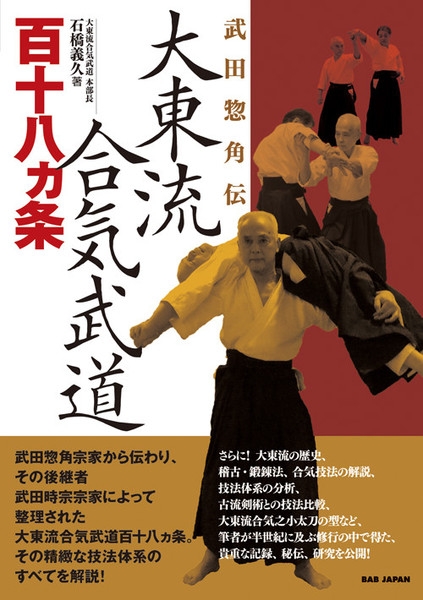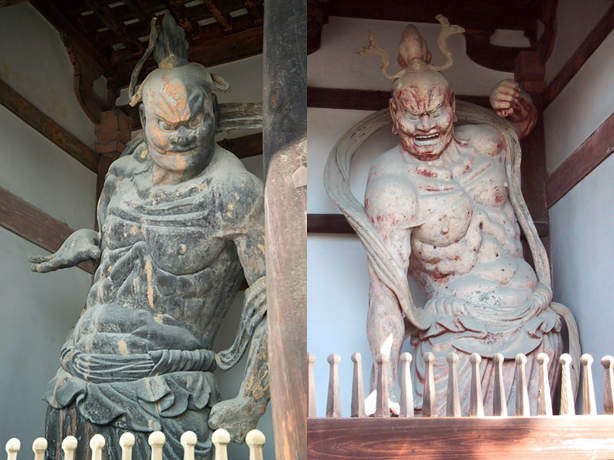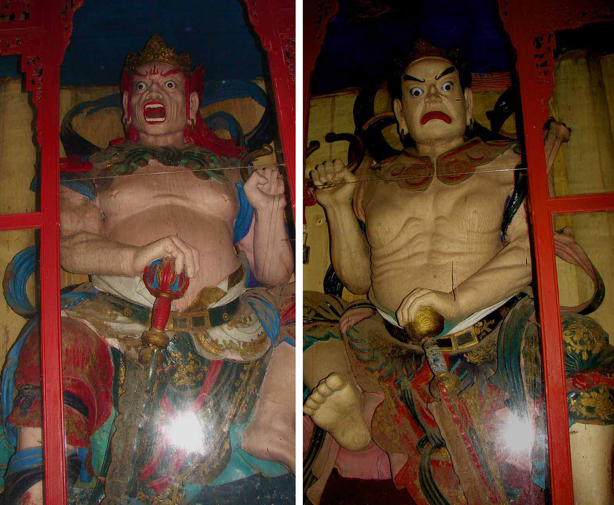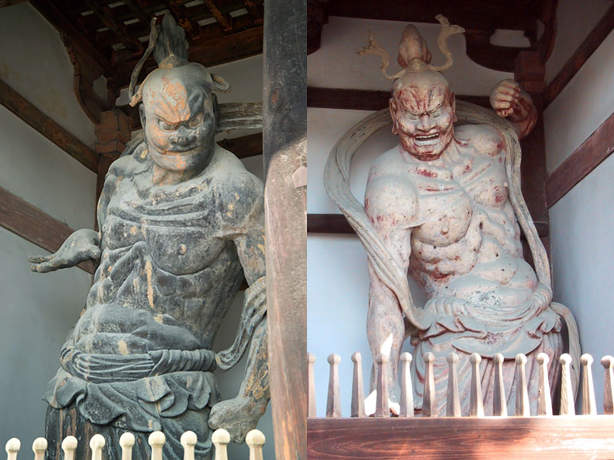Daito-ryu Aiki Budo 118 Techniques (大東流合気武道百十八ヶ条)
by Yoshihisa Ishibashi (石橋義久)
Yoshihisa Ishibashi (石橋義久) was born in Tokyo in 1938 and started training in Daito Ryu at the Daitokan dojo in 1964, learning Aiki Budo and Ono Ha Itto Ryu Kenjutsu directly from Sokaku Takeda’s son Tokimune Takeda. In 1969, together with Yoshimi Tomabechi (苫米地芳見) and Katsuyuki Kondo (近藤勝之), he opened the Katsushika Branch Dojo in Tokyo and was its first head instructor. He received an Ono Ha Itto Ryu license from Junzo Sasamori (笹森順造) and has a breadth of experience from zen to judo, kendo, Shorinji Kempo, and Chen Tai Chi.
The “118 techniques” in Daito-ryu cover the techniques contained in the Hiden Mokuroku (秘伝目録) certificate , from Ikajo to Gokajo, and were taught as the core curriculum of Tokimune Takeda’s Daito-ryu Aiki Budo. The book “Daito-ryu Aiki Budo 118 Techniques” (大東流合気武道百十八ヶ条) was written by Yoshihisa Ishibashi and published in Japanese in 2015 by BAB Japan publishing company (BABジャパン出版局), which also publishes the popular martial arts magazine Gekkan Hiden (月刊秘伝 / “Secret Teachings Monthly”).
This is the English translation of a section from Ishibashi Sensei’s book that deals with solo training exercises for the development of breath power (“Kokyu-ryoku”) and Ki development.
You may also be interested in “Sagawa Yukiyoshi, Masaru Takahashi and Breath Training in Daito-ryu” for a look at breath training in the tradition of Yukiyoshi Sagawa. (more…)


![Aiki, Iki, Kokyu, Heng-Ha en Aun [Dutch Version]](https://www.aikidosangenkai.org/blog/wp-content/media/aun-kongo-rikishi-horyuji.jpg)



